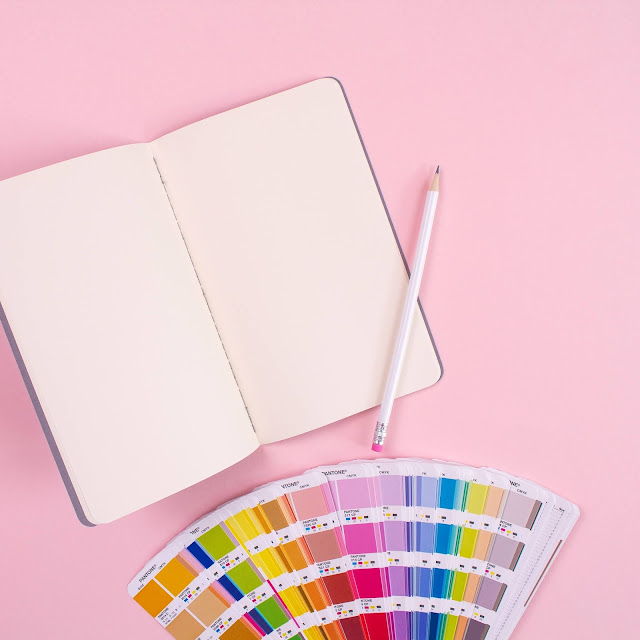 |
| @ Keila Hotzel |
Written by Kelly Bryan for The Rising Womxn Zine
In recent years we seem to have entered a world which asserts its inclusivity, acceptance and diversity. Although the art industry has been dominated by males since it was established, many museums and art foundations seem to emulate this pretence of equality, somewhat flaunting their new and accommodating attitude to the general public. You may have noticed their claims to be ‘actively striving towards’ gender equilibrium; representing female and male artists equally. They suggest, in fact, that we are on the brink of gender parity within the art world.
You are forgiven for internalising these claims, presuming them to be true. Many of us wish that gender equality in the art world was a reality, therefore, when we notice persuasive articles suggesting this to be the case, why would we question them? In fact, I have fallen subject to their lies on multiple occasions, celebrating their vigorous and successful work towards abolishing gender imbalance within the art industry. However, in reality, little practical or effective action has been taken within the majority of institutions. The art system is still fundamentally a man’s world.
The National Museum of Women in the Arts reported that in the modern day, 51% of visual artists are female. However, this optimistic statistic simply exposes how the representation of art made by women is drastically disproportionate. Of all the galleries in London, 78% represent more men than women, they simply fail to adequately acknowledge and celebrate the talents of female artists. These institutes not only neglect the representation of these females, they also severely undervalue them compared to their male counterparts. Artnet News states that between January 2008 and 2019, art auctions around the world made a total of $196.6 billion in sales. A mere 2%, equating to just $4 billion, was made from the sale of artwork created by women. Not only is the female art market much smaller, it is also highly concentrated on just a few artists. Worryingly, just five women made up $1.6 billion of the $4 billion total sales over almost twelve years.
As you can see, the statistics point to a reality far from the utopian world proposed by the art industry. Why? you may ask, well, there are a variety of complex reasonings. Many of these are based upon the patriarchal and intolerant societies which excluded women from professions and education inside the art industry until the 1870s. For the purpose of this article, I will briefly list a few causes of gender imbalance in art, although it should be noted that each explanation warrants its own article entirely;
- Throughout history, women have been defined as the subject of art, rather than its creator. According to a 1989 report by Guerrilla Girls – an anonymous feminist group composed of female artists – the Modern Art Section of the Met.Museum showcases less than 5% of female artists, and yet 85% of their nude artwork represent female bodies.
- There remains the incorrect belief that art institutions are selling to a uniform audience, made up entirely of white, middle-aged men. Consequently, the industry sees it fit to predominately sell work created by white males for their perceived white, male audience.
- Art history has been persistently uninterested in the art produced by women. The oppression faced by females throughout history constitutes an underrepresentation of females in the industry with fewer records relating to female artists in comparison to males. Consequently, female artwork is rarely conserved, collected or tracked.
The key point here is society’s perception of gender inclusivity in the art world and the actuality that there is a disconcerting lack of progression in this area. The stories we are told about positive movements in the art world should not be taken at face value; we must investigate, ask questions and hold accountable those who simply make bold and false narratives.
The understanding that marginalised artists have been given unbiased representation within art organisations is simply a myth; a poignant reality to accept. However, it also acts as an awakening; the first step to tackling this issue is recognising it. We must look at which point art institutions sit in terms of gender parity, rather than where we perceive them to be. This will pave the way for effective and sustainable change.
“What can be done to enhance gender inclusivity in the art world?” I hear you ask, well, my friend there is an effective starting point all art organisations could and should implement into their systems. A Spotlight Series would highlight and celebrate the achievements and talents of female artists, exposing their excellence for all to see and appreciate. It is important to note that this process does not provide female artists with a voice, as I see so many institutions suggesting. These women already had a voice, it was just being ignored, lost in a sea of male hierarchy and ignorance. The Spotlight series would provide a platform to be heard, to advocate female art so these talented, ambitious and driven women can finally be celebrated.

No comments